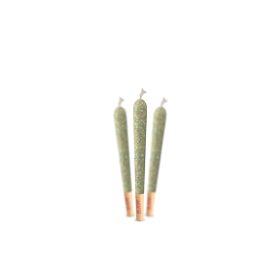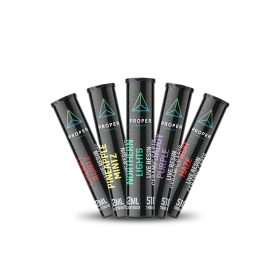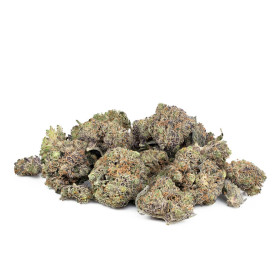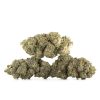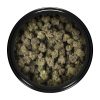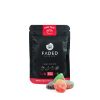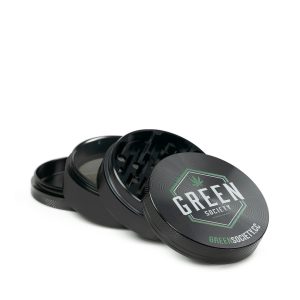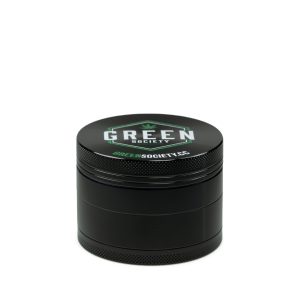Marijuana
Cannabis Dosing Chart: Complete Guide for Safe Use
Over one third of canadian adults who use cannabis say they struggle to find the right dose, especially as potency and product choices expand every year. Safe and effective cannabis consumption depends on more than just trial and error. Knowing how to read and use a dosing chart can make a dramatic difference, helping you avoid unnecessary side effects and find the results you want with confidence.
Table of Contents
- Cannabis Dosing Charts Explained Clearly
- Types By Product: Flowers, Edibles, Extracts
- Titration Methods and Dose Adjustment Tips
- Risks, Side Effects, and Avoiding Overdosing
- Mistakes to Avoid When Using Dosing Charts
Key Takeaways
| Point | Details |
|---|---|
| Personalized Dosing | Cannabis dosing should be tailored to individual factors like body weight, tolerance, and desired effects. Start low and adjust based on personal responses. |
| Product Variability | Different cannabis products (flowers, edibles, extracts) require distinct dosing approaches due to varying onset times and potencies. |
| Incremental Titration | A careful titration method is essential; increase dosages slowly while monitoring for any adverse reactions and tracking symptoms. |
| Common Mistakes | Avoid treating dosing charts as one-size-fits-all; individual variations and consumption methods should always be considered for safe use. |
Cannabis Dosing Charts Explained Clearly
Navigating cannabis dosing requires understanding personalized strategies that account for individual tolerance, consumption method, and specific health objectives. According to the COSCC Research, medicinal cannabis dosing demands a nuanced approach that considers multiple physiological factors.
Understanding a cannabis dosing chart involves recognizing key variables that influence your optimal consumption. These variables include:
- Body Weight: Your physical mass impacts how cannabinoids metabolize
- Tolerance Level: Previous cannabis experience determines initial dosage
- Consumption Method: Inhalation, edibles, and tinctures process differently
- Desired Effects: Medical relief versus recreational experiences require distinct approaches
- THC/CBD Concentration: Potency significantly impacts recommended dosage
Professional cannabis practitioners recommend starting with low doses and incrementally adjusting. A standard guideline suggests beginning with 2.5-5mg of THC for new users, carefully monitoring individual responses and potential side effects. Cannabis Dosing Guide: Achieve Optimal Results Safely provides comprehensive insights into progressive dosage strategies that prioritize user safety and comfort.
Dosing charts serve as visual roadmaps, not strict prescriptions. They provide general guidance while emphasizing the importance of personal experimentation and professional medical consultation. Every individual’s endocannabinoid system responds uniquely, making personalized dosage adjustment crucial for achieving desired therapeutic or recreational outcomes.
Types by Product: Flowers, Edibles, Extracts
Cannabis consumption varies significantly across different product types, each requiring unique dosing considerations. According to research from Substance Abuse Policy, understanding the nuanced characteristics of flowers, edibles, and extracts is crucial for safe and effective use.
Each cannabis product category presents distinct dosing profiles:
Cannabis Flowers
- Quickest onset of effects (2-10 minutes)
- Typically measured in grams
- Recommended starting dose: 0.25-0.5 grams
- Inhalation method impacts absorption rate
Cannabis Edibles
- Slowest onset (30-120 minutes)
- Longer lasting effects (6-8 hours)
- Recommended starting dose: 2.5-5mg THC
- Metabolism significantly impacts experience
Cannabis Extracts
- Highest potency concentration
- Rapid and intense effects
- Recommended starting dose: 0.1-0.25 grams
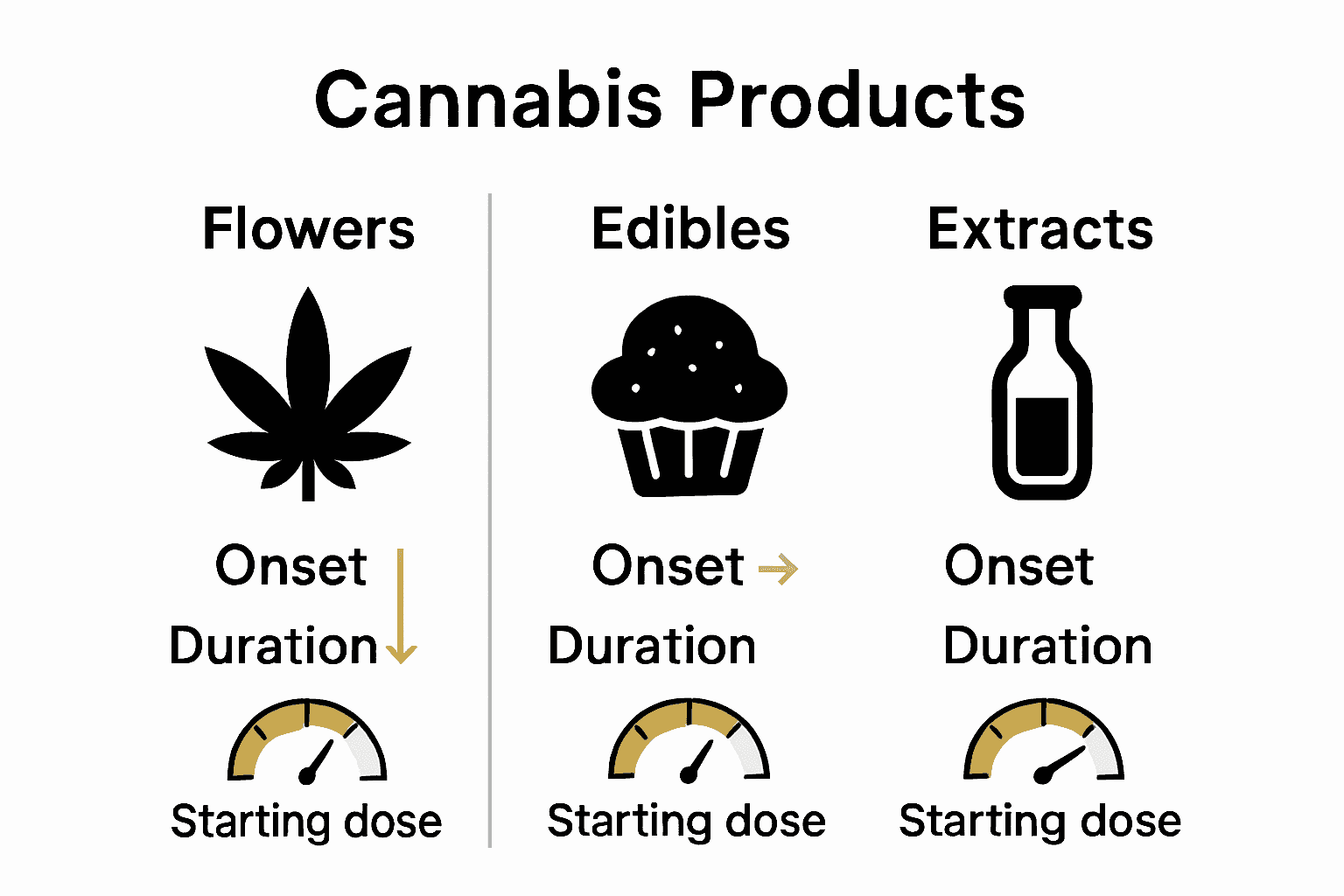
- Requires advanced user experience
Professional cannabis practitioners emphasize the importance of incremental dosing across all product types. Complete Guide to Cannabis Product Types provides comprehensive insights into navigating these diverse consumption methods safely.
Individual tolerance, metabolism, and desired outcomes dramatically influence appropriate dosages. New users should always start with the lowest possible dose, carefully monitoring their body’s response and potential side effects. Consulting healthcare professionals can provide personalized guidance tailored to specific health conditions and individual physiological responses.

Titration Methods and Dose Adjustment Tips
Effective cannabis dosing hinges on a strategic titration approach that prioritizes patient safety and individual response. According to Dr. Caroline MacCallum, the fundamental principle of cannabinoid medication is to “start low, go slow” – a methodology that minimizes potential adverse effects while optimizing therapeutic outcomes.
Titration involves a systematic process of dose adjustment based on individual physiological responses. Key strategies include:
- Initial Dosing: Begin with the lowest possible effective dose
- Incremental Increases: Gradually raise dosage in small, controlled increments
- Response Monitoring: Track physical and psychological reactions carefully
- Symptom Tracking: Document changes in targeted health conditions
- Tolerance Assessment: Recognize individual metabolic variations
According to Utah State Guidelines, a structured titration method typically follows these progressive steps:
- Start with minimum recommended dose
- Maintain consistent dosage for 3-7 days
- Assess symptom improvement and side effects
- Incrementally increase by 2.5-5mg if needed
- Pause and re-evaluate after each adjustment
Professional healthcare providers emphasize that successful titration is not a linear process. Individual endocannabinoid systems respond uniquely, requiring personalized approaches that consider factors like metabolism, prior cannabis experience, and specific health objectives. Patience and meticulous self-observation are crucial components of finding your optimal cannabis dosage.
Risks, Side Effects, and Avoiding Overdosing
Understanding cannabis consumption risks requires a nuanced approach to dosing and self-awareness. Research from PubMed suggests implementing standard THC units to help users comprehend dosing across various consumption methods, ultimately reducing the potential for adverse effects and overconsumption.
Common side effects and potential risks associated with cannabis use include:
- Cognitive Impairment: Temporary memory and concentration challenges
- Anxiety and Paranoia: Heightened psychological sensitivity
- Cardiovascular Stress: Potential increased heart rate
- Respiratory Concerns: Potential lung irritation from inhalation
- Coordination Disruption: Reduced motor skill performance
According to Frontiers in Psychiatry, users often struggle with self-regulation, particularly when encountering more potent cannabis products. This challenge underscores the importance of understanding personal tolerance and implementing careful consumption strategies.
Can you Overdose on Weed? While cannabis overdose rarely presents life-threatening risks, overconsumption can lead to significant discomfort. Warning signs requiring immediate attention include extreme anxiety, rapid heart rate, severe disorientation, and prolonged nausea. New and experienced users should prioritize responsible consumption, start with low doses, and create a safe environment that allows for careful monitoring of individual responses.
Mistakes to Avoid When Using Dosing Charts
Navigating cannabis dosing requires careful attention and strategic approach. According to Utah Cannabis, many users inadvertently compromise their cannabis experience by making critical errors that can lead to suboptimal results or potential health risks.
Common mistakes when using dosing charts include:
- Ignoring Individual Variability: Treating dosage recommendations as universal instead of personalized guidelines
- Rapid Dose Escalation: Increasing consumption too quickly without monitoring body’s response
- Neglecting Product Potency: Failing to account for variations in THC and CBD concentrations
- Inconsistent Tracking: Not documenting effects, symptoms, and personal reactions
- Disregarding Consumption Method: Assuming same dosage applies across different intake methods
Critical errors often stem from a one-size-fits-all mentality. Users frequently overlook crucial factors like:
- Personal metabolism
- Existing health conditions
- Concurrent medication interactions
- Previous cannabis experience
- Specific therapeutic or recreational goals
The fundamental principle remains consistent: start low, progress slowly, and maintain meticulous self-observation. While dosing charts provide valuable guidance, they are not rigid prescriptions but flexible frameworks requiring individual interpretation and careful adjustment.
Find Your Perfect Cannabis Dose with Confidence
Understanding your ideal cannabis dosage is essential to avoid common pitfalls like overconsumption, unexpected side effects, or ineffective results. This guide highlights crucial concepts such as starting low, going slow, and adjusting carefully based on individual tolerance and product potency. Whether you prefer flowers, edibles, or extracts, knowing the right dose ensures a safe and enjoyable experience tailored to your needs.

Ready to take control of your cannabis journey with precision and care Discover a wide range of quality products designed to fit every dosing strategy at GreenSociety.cc. Explore thoughtfully curated selections of flowers, edibles, and concentrates while enjoying fast, discreet delivery. Start low and increase confidently knowing you have reliable options just a click away. Shop now and experience the difference of a truly user-focused cannabis marketplace.
Frequently Asked Questions
What factors should I consider when determining my cannabis dosage?
When determining your cannabis dosage, consider factors such as your body weight, tolerance level, consumption method, desired effects, and the THC/CBD concentration of the product.
How do the effects of different cannabis products vary in terms of onset and duration?
Cannabis flowers typically have a quick onset (2-10 minutes) and shorter duration, edibles have a slower onset (30-120 minutes) with longer-lasting effects (6-8 hours), and extracts provide rapid effects but require advanced user experience due to their high potency.
What is the recommended method for adjusting my cannabis dosage safely?
Start with the lowest effective dose, maintain it for 3-7 days to monitor effects, then gradually increase by 2.5-5mg as needed while closely observing any changes in your symptoms and potential side effects.
What should I do if I experience side effects from cannabis?
If you experience any side effects like anxiety, rapid heart rate, or severe disorientation, it’s important to reduce your dosage or pause consumption and consult with a healthcare professional to ensure safety.
Recommended
- Cannabis Dosing Explained: The Complete Guide ~ Green Society Blog
- Cannabis Dosage Guide 2025: Find Your Perfect Amount ~ Green Society Blog
- Can you Overdose on Weed? ~ Green Society Blog
- 7 Essential Cannabis Dosage Guidelines 2025 for Safe Use ~ Green Society Blog

